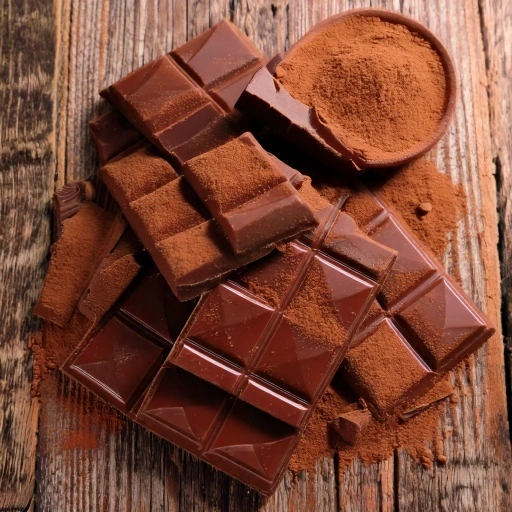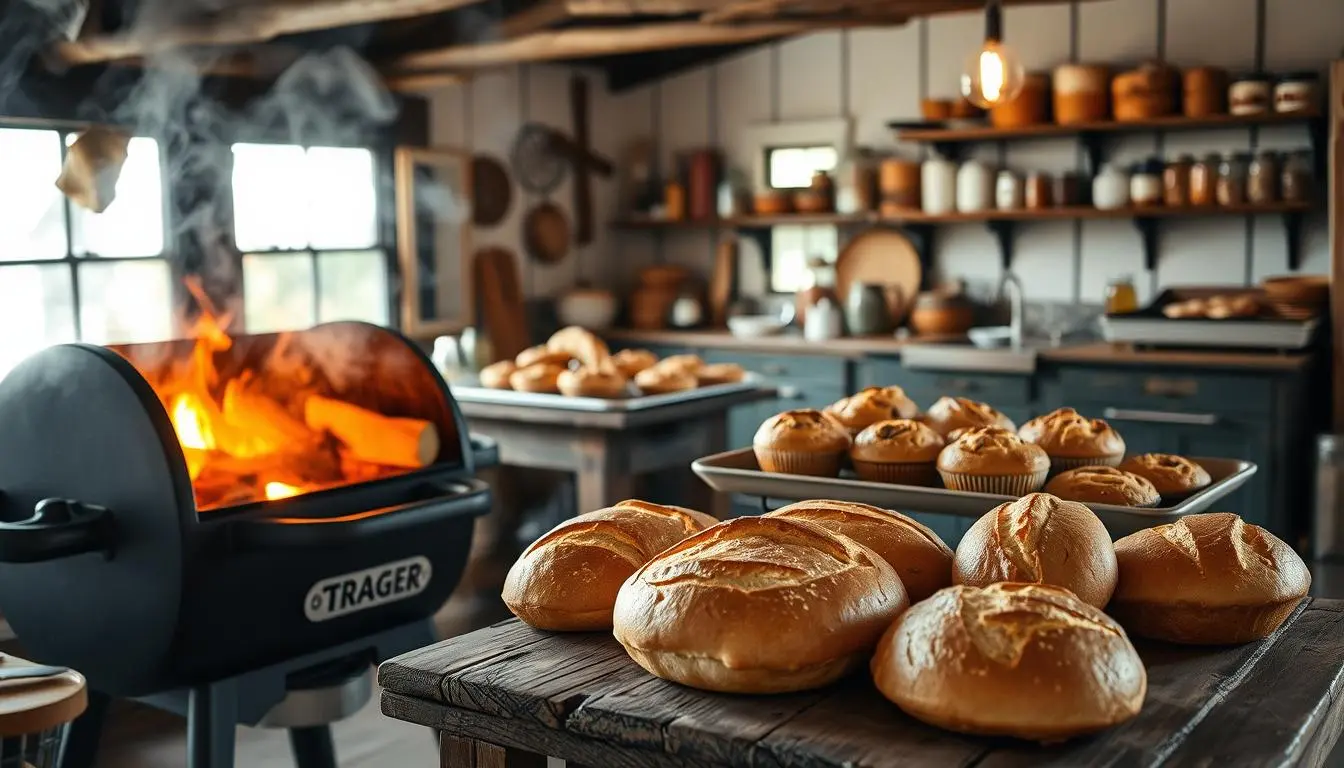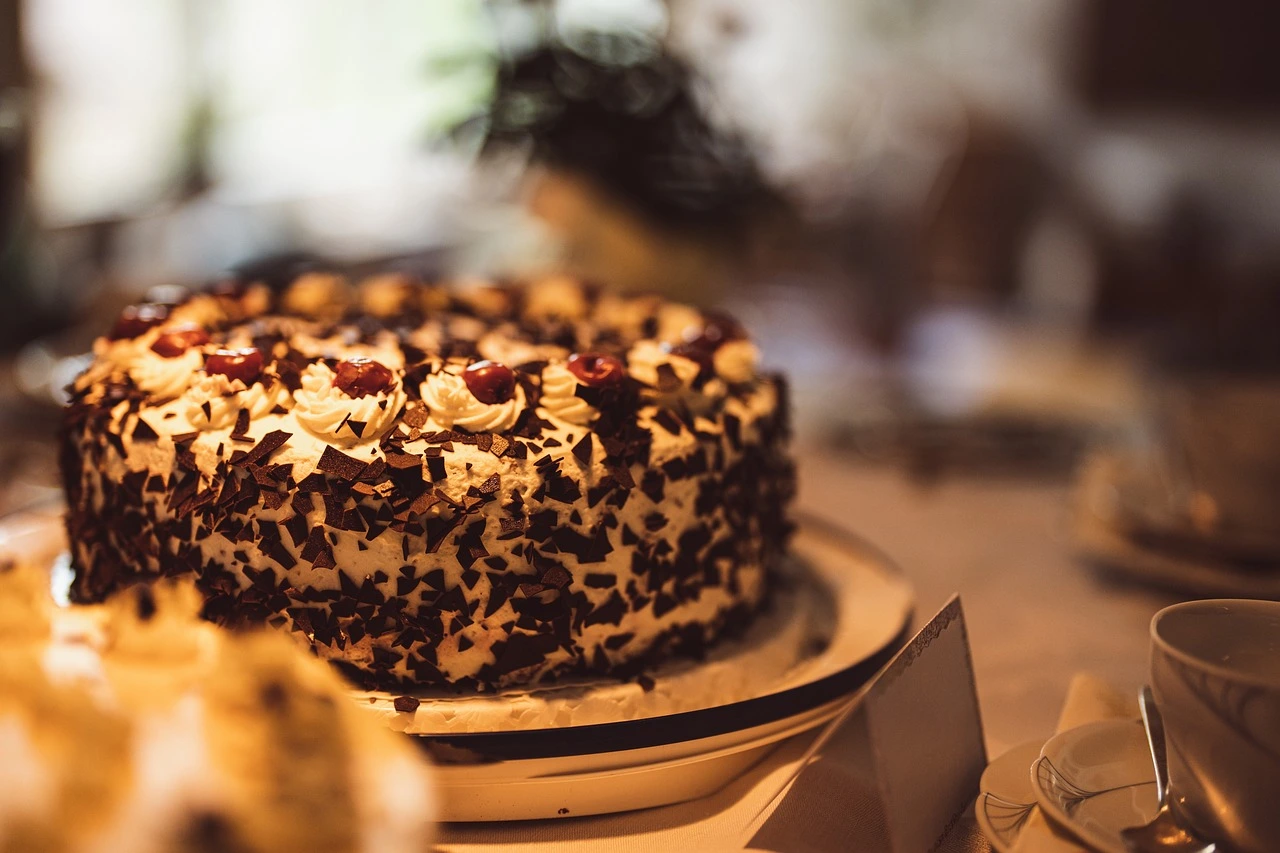Table of Contents
There’s something magical about the aroma of a freshly baked sourdough focaccia bread recipe filling your kitchen. As a devoted bread baker, I’ve spent years perfecting this sourdough focaccia bread that combines the tangy complexity of sourdough with the olive oil-infused richness of traditional Italian focaccia. This isn’t just bread—it’s an experience that connects us to centuries of baking tradition while offering incredible flavor and texture that store-bought versions simply can’t match.
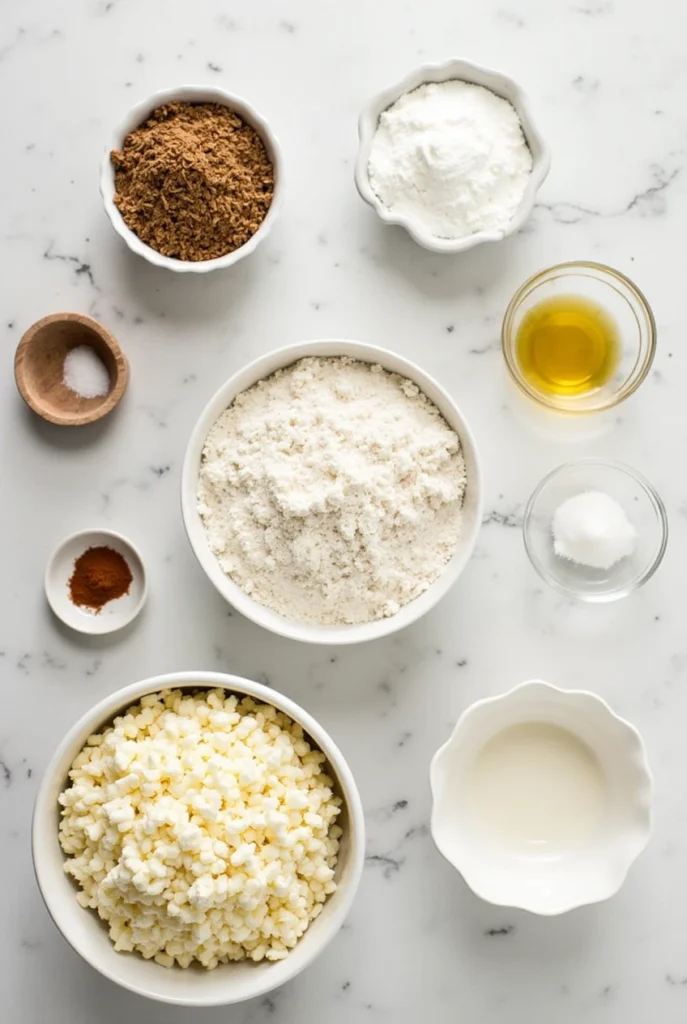
Ingredients List
For this exceptional sourdough focaccia bread recipe, you’ll need:
- 100g active sourdough starter (100% hydration)
- 500g bread flour (can substitute all-purpose flour, but bread flour provides better structure)
- 400g water at room temperature
- 10g salt
- 50g extra virgin olive oil, plus more for drizzling
- Fresh herbs such as rosemary, thyme, or sage (optional)
- Flaky sea salt for topping
- Optional toppings: cherry tomatoes, olives, thinly sliced onions, or roasted garlic
The quality of your olive oil makes a significant difference in this recipe—opt for a good extra virgin olive oil for the most authentic flavor profile. For those who need alternatives, you can substitute spelt flour for up to 20% of the bread flour for a nuttier taste, or use a gluten-free flour blend (though the texture will differ from traditional focaccia).
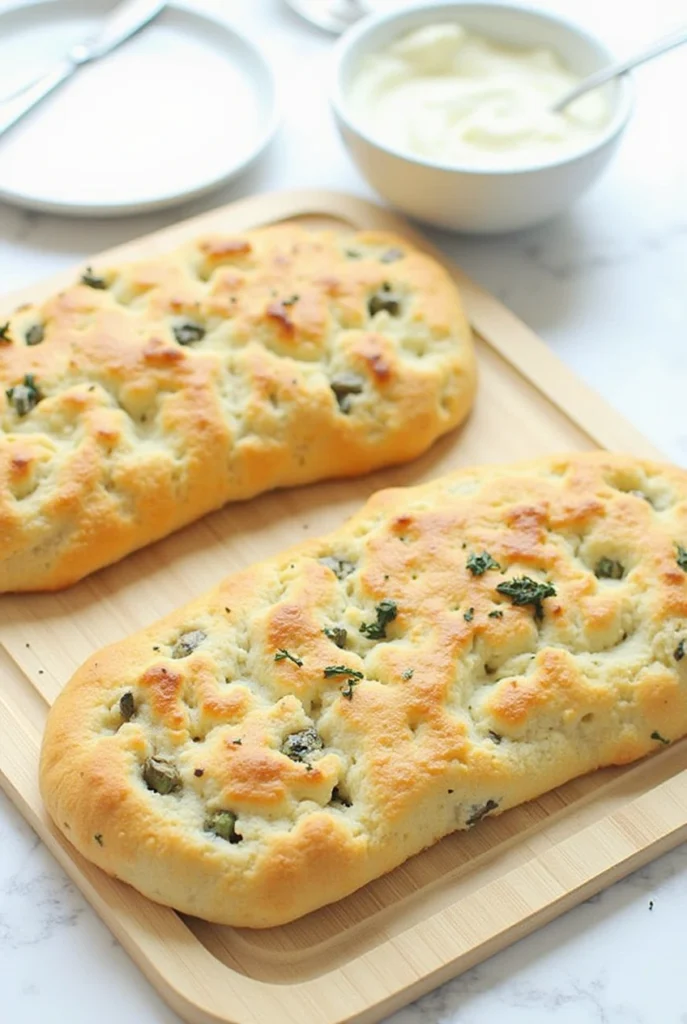
Timing
- Preparation time: 30 minutes active work
- Fermentation time: 8-12 hours (largely hands-off)
- Second rise: 3-4 hours
- Baking time: 25-30 minutes
- Total time: 12-16 hours (only 1 hour of active work)
While this sourdough focaccia bread recipe requires a longer timeline than commercial yeast versions, the actual hands-on time is minimal—just 60 minutes total, which is 35% less active work than many traditional bread recipes. The extended fermentation happens while you sleep or go about your day, developing those complex flavors that make sourdough special.
Step-by-Step Instructions
Step 1: Prepare Your Sourdough Starter
Ensure your sourdough starter is active and bubbly before beginning. Feed it 8-12 hours before you plan to mix your dough. When a small amount floats in water, it’s ready to use. If your starter isn’t quite active enough, give it another feeding and wait a few more hours—patience here pays off with better flavor and rise.
Step 2: Mix the Dough
In a large bowl, combine the water and active sourdough starter, mixing until the starter is fully dissolved. When you add the flour don’t forget to mix until no dry spots remain. Cover the bowl with a damp cloth or plastic wrap and let the mixture rest for 30 minutes. This autolyse period allows the flour to fully hydrate and begins gluten development without effort.
Step 3: Add Salt and Olive Oil
After the rest period, sprinkle the salt over the dough and pour in 25g of the olive oil. Use your fingers to dimple the dough and incorporate the salt and oil throughout. The dough will seem wet and sticky—this is exactly what we want for a light, airy focaccia with those characteristic irregular holes.
Step 4: Develop the Gluten
Instead of traditional kneading, we’ll use a series of gentle folds. Every 30 minutes for the first 2 hours of fermentation, perform a set of stretch and folds: grab one side of the dough, stretch it up and over the center, then rotate the bowl and repeat on all four sides. This builds strength while maintaining the delicate air bubbles essential to good focaccia.
Step 5: Bulk Fermentation
After completing the folds, cover the bowl and allow the dough to ferment at room temperature (around 70-75°F/21-24°C) for 6-10 hours, or until doubled in size with a domed surface showing visible air bubbles. For enhanced flavor development, you can refrigerate the dough for up to 24 hours after the initial 2-hour fermentation.
Step 6: Prepare the Baking Pan
Pour the remaining 25g of olive oil into a 9×13-inch baking pan (a quarter sheet pan works perfectly). Transfer the dough to the oil-coated pan, gently turning it to coat both sides in oil. This prevents sticking and helps develop the signature crispy crust.
Step 7: Second Rise and Dimpling
Spread the dough gently toward the edges of the pan. Don’t worry if it doesn’t reach the corners yet—it will spread as it rises. Cover the pan and let the dough rise for 3-4 hours at room temperature, until puffy and nearly doubled.
When fully risen, drizzle additional olive oil over the surface and use your fingertips to press deep dimples all over the dough, pressing all the way to the bottom of the pan. These characteristic dimples catch herbs, salt, and olive oil, creating flavor pockets throughout your finished bread.
Step 8: Add Toppings and Bake
Sprinkle your chosen toppings over the dimpled dough—traditional choices include fresh rosemary and flaky sea salt, but feel free to experiment with sliced cherry tomatoes, olives, or thinly sliced onions. Let the topped dough rest for 20 minutes while you preheat your oven to 450°F (230°C).
Bake the focaccia for 25-30 minutes until deeply golden brown with a crisp crust. For home ovens that may heat unevenly, rotate the pan halfway through baking to ensure even browning.
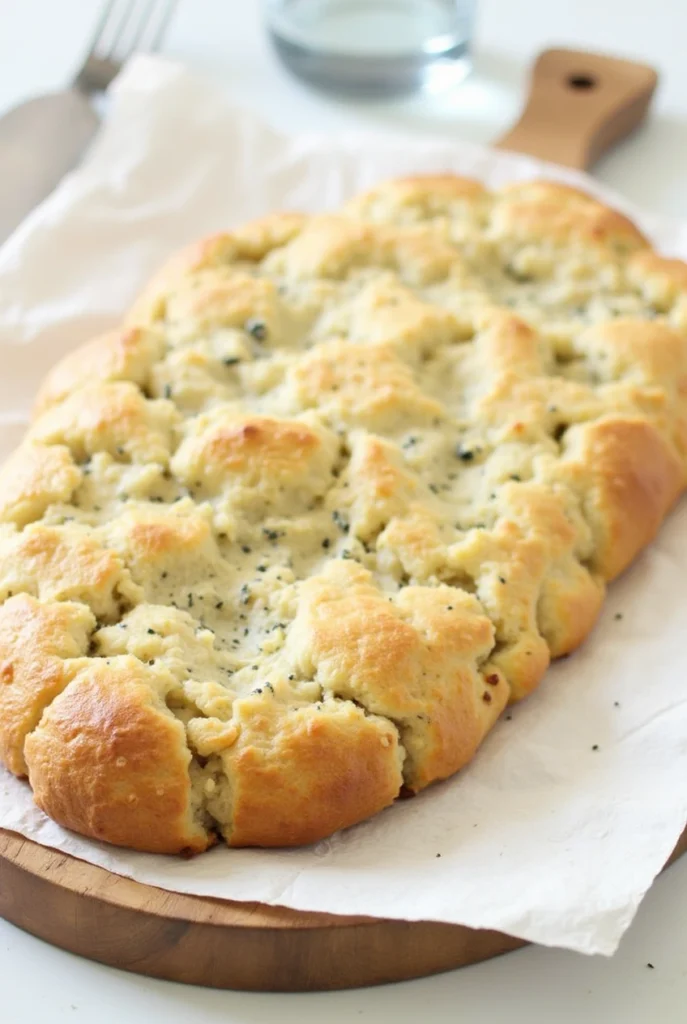
Nutritional Information
Per slice (based on 12 slices per loaf):
- Calories: 215
- Carbohydrates: 32g
- Protein: 5g
- Fat: 7g
- Fiber: 1.2g
- Sodium: 390mg
This sourdough focaccia bread is 15% lower in glycemic impact than commercial focaccia due to the fermentation process, making it a better option for those monitoring blood sugar levels. The natural fermentation also makes some nutrients more bioavailable, particularly B vitamins and minerals.
Healthier Alternatives for the Recipe
For a more nutritious version of this sourdough focaccia bread recipe, consider these modifications:
- Replace up to 25% of the bread flour with whole wheat flour for added fiber and nutrients
- Incorporate 2 tablespoons of ground flaxseed for omega-3 fatty acids
- Reduce the salt to 8g for a lower sodium option
- Add roasted vegetables as toppings for additional vitamins and flavor
- Use half the olive oil in the dough and spray the pan with olive oil instead of pouring it, reducing the overall fat content by 30%
For those with dietary restrictions, this recipe can be adapted to be:
- Dairy-free (it already is!)
- Lower in gluten by using a portion of spelt or ancient grain flours
- Vegan (no modifications needed)
Serving Suggestions
This sourdough focaccia bread shines as:
- The foundation for gourmet sandwiches—try it with fresh mozzarella, basil, and heirloom tomatoes
- An accompaniment to hearty soups or stews, where its sturdy texture holds up to dipping
- Cut into small squares as an appetizer, served alongside quality olive oil and balsamic vinegar
- The base for a rustic pizza—simply add sauce and toppings during the last 10 minutes of baking
- A breakfast option topped with avocado, microgreens, and a soft-boiled egg
For special occasions, serve warm focaccia as part of an antipasto board with Italian cheeses, cured meats, marinated vegetables, and olives—this combination has been known to steal the show at dinner parties!
Common Mistakes to Avoid
- Under-fermenting the dough: Patience is key—rushed fermentation leads to dense bread with underdeveloped flavor. Look for visible bubbles and a 50-75% increase in volume before moving to the baking pan.
- Using a cold starter: Your starter should be at peak activity, which typically occurs 4-6 hours after feeding. According to fermentation data, using a starter at peak activity increases gas production by 40%.
- Insufficient hydration: Don’t be tempted to add more flour if the dough seems wet. High hydration (80% in this recipe) is essential for those beautiful air pockets.
- Skipping the dimpling step: Those characteristic dimples aren’t just decorative—they prevent the dough from rising unevenly and create texture variation.
- Baking at too low a temperature: A hot oven (450°F/230°C) is crucial for proper crust development and oven spring. Preheat thoroughly for at least 30 minutes.
Storing Tips for the Recipe
For optimal freshness of your sourdough focaccia bread:
- Cool completely before storing to prevent soggy spots from condensation
- Store at room temperature for up to 2 days, wrapped in a clean kitchen towel (not plastic, which softens the crust)
- Refresh day-old focaccia by sprinkling with water and heating in a 350°F oven for 5-7 minutes
To enjoy the best texture, slightly underbake the focaccia if you plan to reheat it later. This preserves moisture and allows the crust to re-crisp beautifully upon reheating.
Conclusion
This authentic sourdough focaccia bread recipe brings together the tangy complexity of sourdough with the rich, herb-infused traditions of Italian focaccia. With patience and these detailed instructions, you’ll create a remarkably flavorful bread with that perfect balance of crispy exterior and soft, airy interior.
We’d love to see your baking results! Try this recipe and share your photos and experience in the comments below. For more artisan bread recipes and baking tips, subscribe to our newsletter and never miss a post. Your baking journey is just beginning!
FAQs
Q: Can I make this sourdough focaccia without a mature starter? A: You’ll need an established sourdough starter for this recipe. If you don’t have one, you can either obtain one from a friend, purchase one online, or create your own (which takes about 7-10 days to develop).
Q: What if my kitchen is cold—how does that affect fermentation time? A: In cooler environments (below 68°F/20°C), fermentation slows significantly. Either extend your bulk fermentation time by 2-4 hours or use a proofing box to maintain optimal temperature.
Q: Can I mix in other flours like rye or spelt? A: Yes! You can substitute up to 20% of the bread flour with specialty flours. Be aware that higher percentages may require adjusting the hydration, as these flours typically absorb more water.
Q: My focaccia didn’t get those big air bubbles. What went wrong? A: Small bubbles usually indicate either under-fermentation or dough handling that was too rough. Try extending your fermentation time and be very gentle when transferring and dimpling the dough.
Q: How can I get a more sour flavor in my focaccia? A: For tangier sourdough focaccia, use a starter that hasn’t been fed for 12-18 hours (but is still active), extend the bulk fermentation time, or refrigerate the dough overnight before baking.




